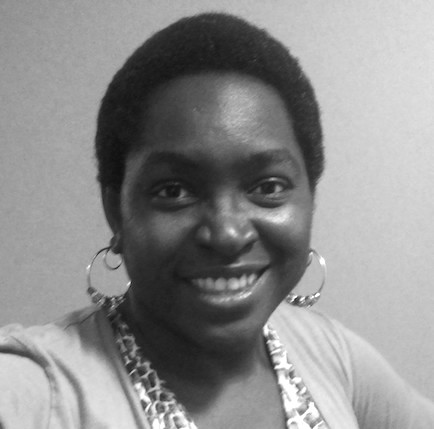LTEC @ NCTM 2017
June 01, 2017

This Spring we had a great time presenting at National Council of Teachers of Mathematics Annual Meeting & Expo 2017. San Antonio, TX was a balmy 55–72 degrees throughout and we had more than a couple “team meetings” along the gorgeous River Walk. Below you will find a summary of our various presentations – featuring LTEC and other mathematics work. Please feel free to sound off in the comments section with any feedback!
Bringing Computational Thinking into Elementary Mathematics
Andy Isaacs, Cheryl Moran, and Katie Rich
UChicago STEM Ed
|



|
Description of Presentation:
A research team at the University of Chicago and the University of Illinois Urbana-Champaign has been developing an online resource for elementary mathematics teachers to use to bring more computational thinking into their mathematics classes. Come and learn how you can use this resource to help bring CS to all!
Learning Outcomes:
Participants will learn:
- What computational thinking (CT) is;
- How CT intersects with mathematics;
- What CT might look like at the grade level(s) they teach;
- How they can highlight the CT that is already happening in their mathematics classes;
- Where to find resources to support more computational thinking in their classes.
We will engage participants in thinking about these issues by asking them to share examples of computational thinking they have seen in their classrooms.
Slides</td></tr>
Strategies for Including Students with
Disabilities in Computational Thinking
Maya Israel, Quinn Wherfel, and George Reese
University of Illinois at Urbana-Champaign
Cheryl Moran, UChicago STEM Ed
|




|
Description of Presentation:
This presentation highlights research and practical solutions for teaching computational thinking to students at risk for academic failure, including those with disabilities. Data on teacher implementation and student outcomes related to persistence, adaptive help seeking, and collaborative problem solving will be shared as well as implications for special education teacher education.
Slides
|
Computational Thinking in School Mathematics: It’s Elementary!
George Reese and Wendy Maa, University of Illinois at Urbana-Champaign
Carla Strickland, UChicago STEM Ed |


|
Description of Presentation:
We will share three activities that connect computational thinking with elementary school mathematics, including the geometry of polygons, fractions, and number stories. We will show how
using Scratch programming and "unplugged" activities will help engage students to work collaboratively and productively.
Slides |
Evaluating Students’ Digital Work: Same as Print?
Carla Strickland and Mary Ellen Dairyko, UChicago STEM Ed
Catherine Donaldson, McGraw-Hill Education
|

|
Description of Presentation:
Educators have spent decades learning how to evaluate student work in a print environment with physical manipulatives. As classrooms turn more to digital environments, teachers must learn how to interpret and evaluate students' digital artifacts. BYOD and join us to examine how student work changes in response to their use of digital manipulatives.
Learning Outcomes:
We will compare samples of print student work to digital student work on open response tasks. Using rubrics and evaluation guidelines developed for print, we will identify mathematically significant similarities and differences, and propose revisions that better accommodate digital work. Participants will leave with strategies for discerning mathematically significant differences in digital artifacts and guidelines for adjusting their evaluation strategies and rubrics for digital student work.
Slides
|
Touching Screens or Touching Objects: Which Is Better and When?
Carla Strickland and Katie Rich, UChicago STEM Ed
Catherine Donaldson, McGraw-Hill Education
|


|
Description of Presentation:
Concrete manipulatives have been used in classrooms for many years. Recently, digital manipulatives have become much more common. When is it important to use physical manipulatives, and when do digital manipulatives offer advantages? Come and discuss the affordances and costs of physical objects versus digital models and tools.
Learning Outcomes:
Participants will learn criteria for evaluating the affordances and costs of physical and digital versions of manipulatives so that they will be better able to evaluate specific uses of each type of manipulative in their classrooms. In particular, they will learn that choosing the best manipulative for a given task or situation is dependent on knowing what the particular tools can do, what the focus and learning goals of the activity are, and what the needs of particular students are.
Slides
| |








